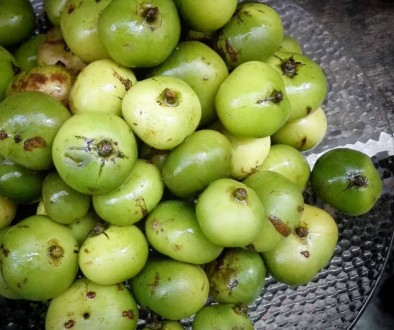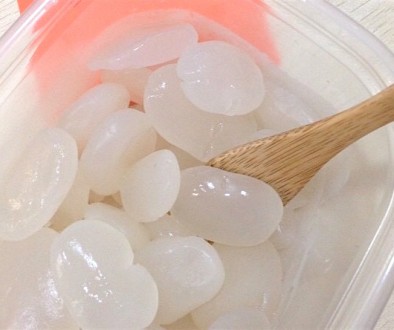Caimito

Caimito is a round, purple-skinned, white-fleshed fruit of the tree having the scientific name Chrysophyllum cainito. It belongs to the family Sapotaceae and is native to Central America and the West Indies.

This fruit was introduced to the Philippines during the Spanish colonial period.

Filipinos often translate its name into English as star apple. Its other names in English are cainito, caimito, abiaba, pomme du lait, estrella, milk fruit and aguay.

The plant is sometimes called golden-leaf tree; its genus name is Chrysophyllum, which is Greek for “golden leaf.” The reason for this is because although the leaves are green on one surface, the other side is of a strikingly beautiful gold color!
The Cubans have a Spanish verse of poetry that describes hypocrites or two-faced persons as caimito leaves.
La hoja del Caimito
Tiene dos faces;
Existen muchos hombres
A esa hoja iguales.
— Francisco Javier Balmaseda
“The caimito leaf has two faces. There are a lot of men who are like that leaf.” The simile or metaphor isn’t a prevalent sentiment in the Philippines, however. In fact, very few Filipinos have even consciously noticed or found it remarkable that the caimito leaf has a different color on each side! That may be because the hue the other side of the leaf takes on in the tropical climes of the Philippines is closer to brown than gold.

Spelling variations in the Tagalog language: kaimito, kaymito



Usually women are more of the leaf: two faced like they’re kind to neighbors but once behind their back they say otherwise. 😂